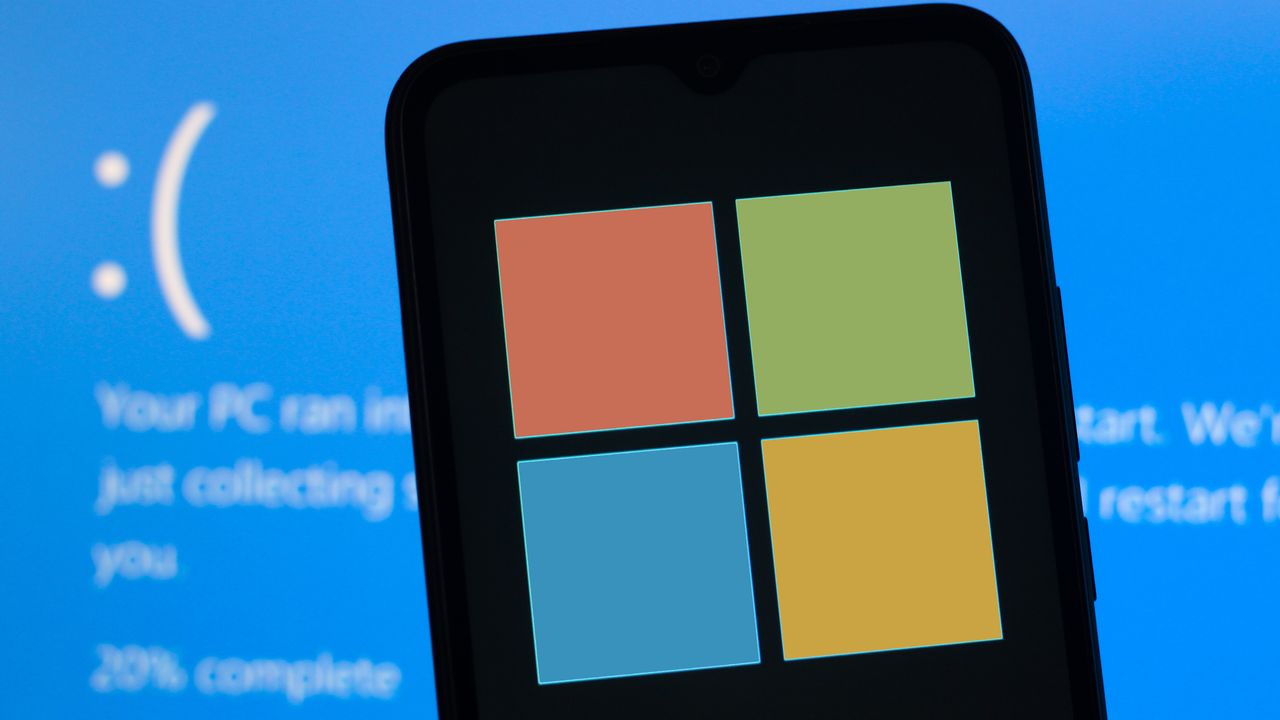
Okay, so Microsoft’s really stepping up its game with Windows drivers. They’re changing how drivers are created and verified – it’s not just about antivirus companies anymore. Basically, they want to make sure all drivers are super safe, secure, and just work more reliably. It’s a big push for better overall system stability, and I’m really excited to see how this plays out.
Starting now, drivers will need to pass more rigorous security and reliability checks with new certification tests. Microsoft also anticipates a substantial decrease in the amount of code running at the core of Windows over the next few years, impacting drivers for devices like network adapters, cameras, USB connections, printers, and storage.
Windows is improving its built-in drivers and programming interfaces. This will allow computer manufacturers to use standard Windows drivers instead of their own custom ones, making the operating system more stable and reducing unnecessary files that slow down performance.
Here’s the rundown of the changes being made to Windows drivers:
- Driver signing will require a higher security and resiliency bar with many new certification tests.
- We are expanding Microsoft-provided Windows in-box drivers and APIs so partners can replace many custom kernel drivers with standardized Windows drivers or move logic to user mode.
- Over the coming years, we expect a significant reduction in code that runs in kernel mode across driver classes such as networking, cameras, USB, printers, batteries, storage and audio.
Microsoft has confirmed that Windows will still work with drivers created by other companies that operate at a core system level. They won’t restrict partners from developing new features, especially in areas where Windows doesn’t already include built-in drivers. This means things like graphics drivers will continue to function as they do now, operating at that core system level.
We’re making kernel-mode drivers more reliable and secure. This includes requiring stricter compiler checks to prevent errors, isolating drivers to limit the impact of any problems, and preventing drivers from accidentally accessing sensitive system memory.
These updates aim to make the operating system more reliable and robust. Microsoft is particularly focused on preventing faulty third-party drivers – like one from CrowdStrike in July 2024 – from causing system crashes. The result should be a leaner, more stable core operating system.
Read More
- Gold Rate Forecast
- Silver Rate Forecast
- How To Watch Under The Bridge And Stream Every Episode Of This Shocking True Crime Series Free From Anywhere
- BrokenLore: Ascend is a New Entry in the Horror Franchise, Announced for PC and PS5
- Taming Quantum Chaos: A Stochastic Approach to Many-Body Dynamics
- South Park Creators Confirm They Won’t Be Getting Rid of Trump Anytime Soon
- 7 1990s Sci-fi Movies You Forgot Were Awesome
- Get rid of the BBC? Careful what you wish for…
- Sony to Stimulate Japanese PS5 Sales with Cheaper, Region-Locked Model
- Valve’s new Steam Machine is just a PC at heart — here’s how to build your own and how much it will cost
2025-11-18 19:11